Origin of Cotton (sold)
c. 1981
Oil Stick on paper
18 x 22 inches (45.7 x 61 cm)
This work is accompanied by a certificate of authenticity issued by the Authentication Committee of the Estate of Jean-Michel Basquiat
Ex-collection:
The Artist
Victor Littlejohn
Private collection until the present
Exhibitions:
Wayne State Univ. show “Collecting African American Art: A Detroit Tradition”, 1/12/96 – 2/9/96
Tony Shafrazi, New York , 2010
Note from the orignal owner:“Jean-Michel rarely signed any of his works. It was given to me by Jean-Michel on August 11, 1988; the night before he died.I had gone by his studio after my drawing class @ SVA that night. We hung out and talked, then I gave him 2 drawings I had done that night in class. He took the drawing I left and went into the back of his studio to later return with two pieces one being the Origin of Cotton drawing.Also our friendship is documented in the biography A Quick Killing I Art by Phoebe Hoban.
The title “Origin of Cotton” has many references in the work of Basquiat. Beginning with African American history in the Deep South. Cotton was also the origin of slavery, pain. In a review of the 2006 Brooklyn Museum show: Basquiat’s “homage to black heroes of music (especially Charlie Parker) and sport (as well as undersung African/American history generally; “The Origin of Cotton”, “Jim Crow”)… Basquiat was in a band called Gray and titled their songs, one was “Origin of Cotton”: Glenn O’Brien, a musical critic for Andy Warhol’s Interview magazine, wrote that Gray was “perhaps the best band on the planet.” Jean-Michel would title the songs for the sets. Names like “Origin of Cotton,” “Braille Teeth,” “Red Ants,” “The Rent,” and “Mona Lisa” were titles that later appeared in his artwork. Every piece had its own charm, and, wherever the band played, it sounded and looked like a controlled kind of spontaneous madness. In another painting of the same title: is an outlined box containing the words, ORIGIN OF COTTON. This phrase again is one that Basquiat himself spray-painted on building walls during his SAMO graffiti period. It was also the title of a small painting sold at Christie’s 12 years ago and was one of an important series of early drawings sold at Christies 12 years ago..”

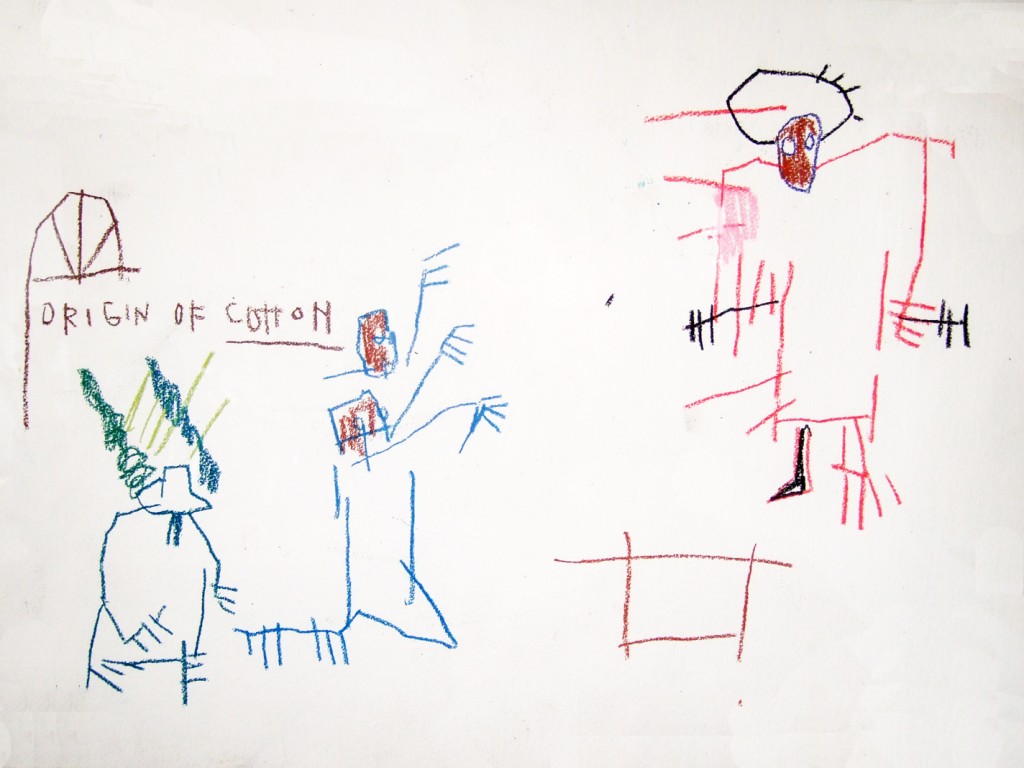
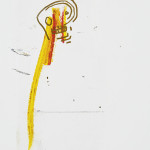 Untitled (Skull)
Untitled (Skull)
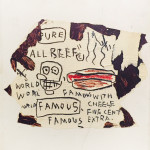 Untitled (sold)
Untitled (sold)
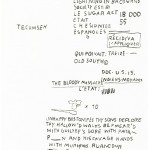 Untitled (Tecumseh)
Untitled (Tecumseh)
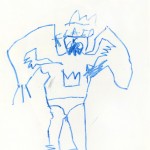 Untitled (FLAID) (sold)
Untitled (FLAID) (sold)
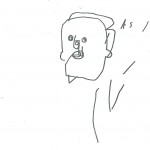 Untitled (Simple Man) (sold)
Untitled (Simple Man) (sold)
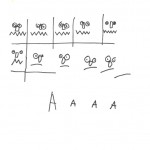 Untitled (Faces) (sold)
Untitled (Faces) (sold)
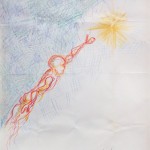 And The Day Divides The Night (sold)
And The Day Divides The Night (sold)
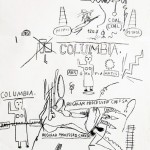 Untitled (sold)
Untitled (sold)
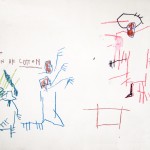 Origin of Cotton (sold)
Origin of Cotton (sold)